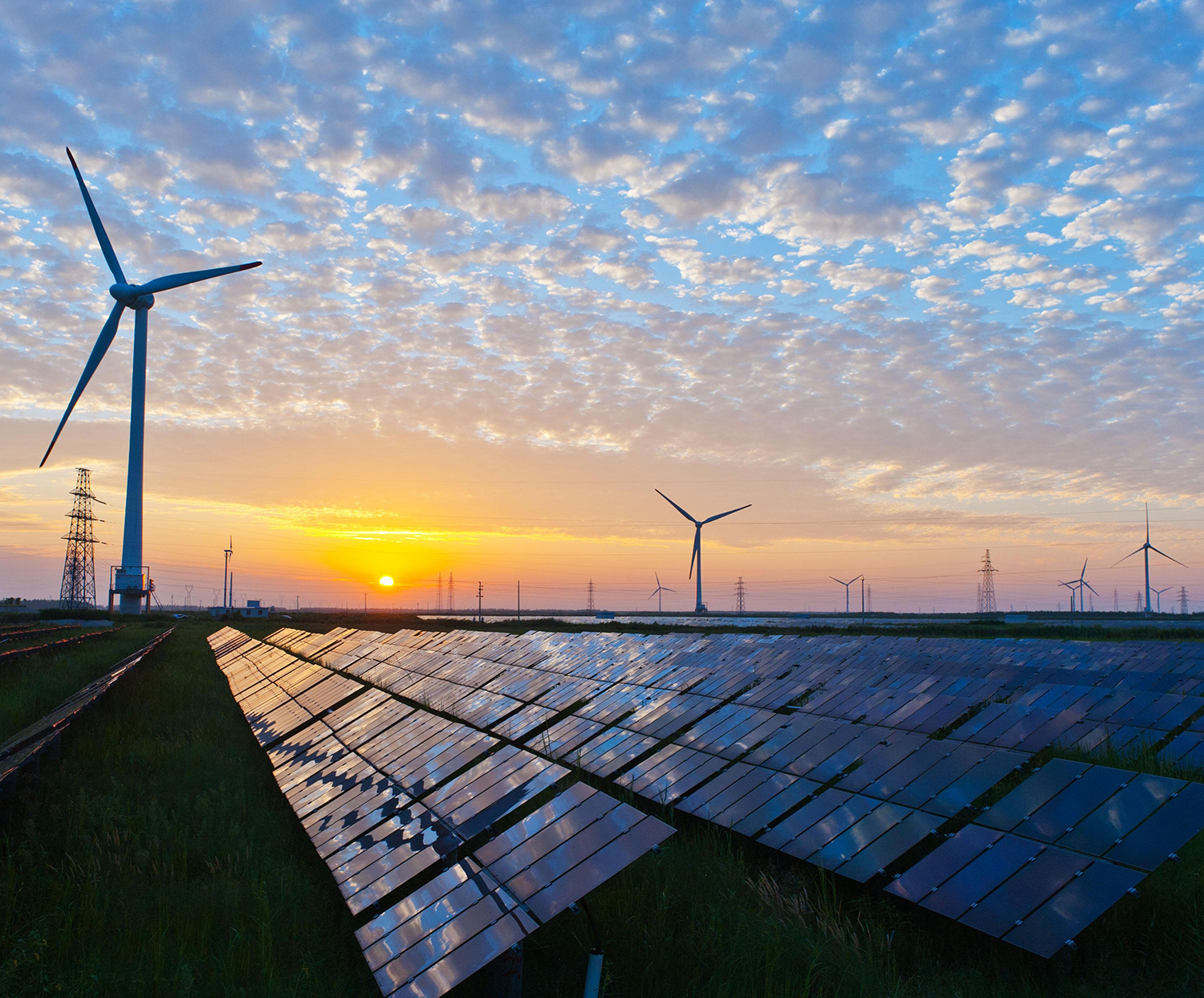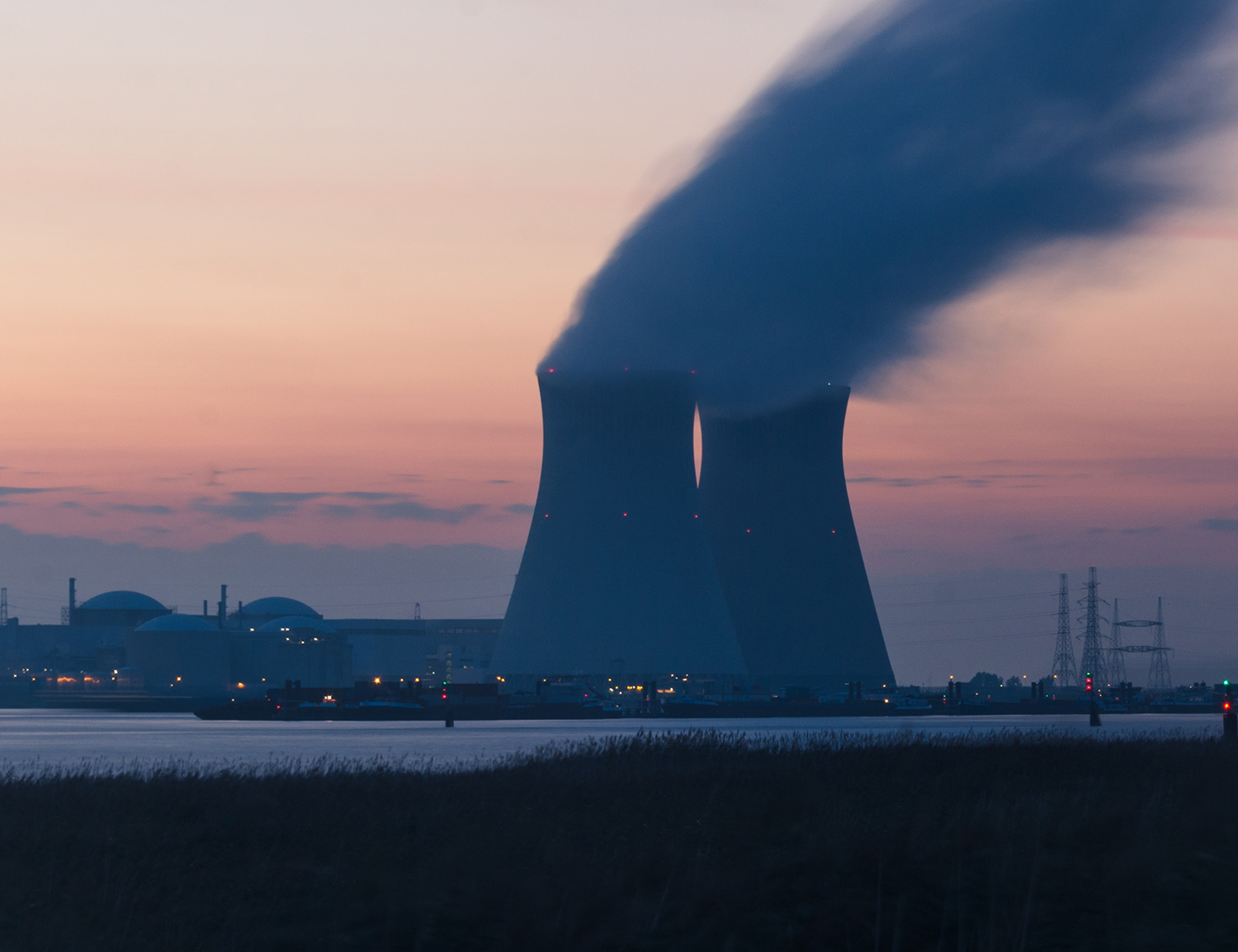Power-to-gas, when hydrogen electrifies research
Hydrogen is presented as an energy vector of the future. In a power-to-gas system, it serves as an intermediary for the transformation of electricity into synthetic methane. The success of this energy solution depends heavily on its production cost, so IMT researchers are working on optimizing the different processes for a more competitive power-to-gas solution.
Increasing production of renewable energy and reducing greenhouse gas emissions. What if the solution to these two ambitions were to come from a single technology: power-to-gas? In other words, the conversion of electricity into gas. But why? This method allows the storage of surplus electricity produced by intermittent renewable sources that cannot be injected into the grid. The energy is then used to produce hydrogen by electrolysis of water. The gas can then be consumed on site, stored, or used to power hydrogen vehicles. But these applications are still limited. This is why researchers are looking at transforming it into other useful products such as methane (CH4) to supply natural gas networks. What is the potential of this technology?
Costly hydrogen?
“The main issue with the development of power-to-gas today is its cost,” says Rodrigo Rivera Tinoco, a researcher in energy systems modeling at Mines ParisTech. If we take into account the cost of producing hydrogen using a low-temperature electrolyzer (PEM), the technology envisaged in power-to-gas installations, a 1 GW hydrogen reactor (almost the power equivalent of a nuclear reactor) would today cost €3 billion.” In September, the French government allocated a budget of €7 billion in aid for the development of the national hydrogen industry. A reduction in the production cost of this gas is therefore necessary. All the more so since power-to-gas technologies are destined to compete with other energy modes on the market.
France wants to reach a cost of €50 per megawatt-hour in 2030. However, a low-cost but short-lasting technology would not be suitable. “To be cost-effective, systems must have a minimum 60,000 to 90,000 hour operating guarantee,” adds Rodrigo Rivera Tinoco. Currently, low-temperature electrolyzers (PEMs) have an operating life of between 30,000 and 40,000 hours. This is where research comes in. The objective is to optimize the energy efficiency of low-cost technology.
Which technology for which use?
Digital modeling enables the identification of the strengths and weaknesses of technologies prior to their installation. “We carry out technical and economic studies on the various water electrolysis processes in order to increase their efficiency and reduce their cost,” says Chakib Bouallou, an expert in digital modeling and energy storage at Mines ParisTech. Several technologies exist, but which one is the most suitable for storing renewable energy? On an industrial scale, low-temperature electrolyzers are mature and seem to respond to the intermittent nature of these energy sources.
However, in the evaluation phase, no technology is being ruled out. As part of the ANR MCEC project and in collaboration with Chimie ParisTech, Chakib Bouallou’s team is currently working on a solution based on molten carbonates that relies on the co-electrolysis of water and CO2. “Using performance curves of materials depending on the current, we estimate the efficiency of the systems under different usage scenarios. The overall analysis of this technology will then be compared to other existing techniques”, says the researcher. Indeed, the adaptability of a system will depend above all on the intended use. To complete these studies, however, experiments are essential.
Minerve: a demonstrator for research purposes
In order to gain the knowledge needed to make the transition to power-to-gas, the Minerve demonstrator was installed in 2018 on the Chantrerie campus north of Nantes. “The platform is first and foremost a research tool that meets the needs of experimentation and data collection. The results are intended to help develop simulation models for power-to-gas technologies,” explains Pascaline Pré, a process engineering researcher at IMT Atlantique. Equipped with solar panels and a wind turbine, Minerve also has an electrolyzer dedicated to the production of hydrogen converted, with CO2 in cylinders, into methane. This is then redistributed to a fuel distribution station for natural gas vehicles (CNG) and used for mobility. The next step is to integrate CO2 capture technology from the combustion fumes of the site’s heating network boilers to replace the cylinders.
Carbon dioxide is very stable in the air. Turning it into useful products is therefore difficult. Pascaline Pré’s team is developing a new process to capture this gas by absorption using a solvent. The gas collected is purified, dried, compressed and sent to the methane plant. However, some hurdles need to be overcome in order to optimize this approach: “Solvent regeneration consumes a lot of heat. It would be possible to improve the energy efficiency of the device by developing an electrified microwave heating system,” explains the researcher. This concept would also reduce the size of the facilities needed for this process for a future industrial installation.
In the long term, Minerve should also serve as a basis for the study of many issues in the Carnot HyTrend project, which brings together part of the French scientific community to look at hydrogen. Within three years, initial recommendations on the different technologies (electrolysis, methanation, CO2 capture, etc.) will be published to improve the existing situation, as well as studies on the risks and environmental impacts of power-to-gas.
What about power-to-gas-to-power?
It is possible to go beyond current power-to-gas techniques by adding an oxycombustion step. As part of the ANR project FluidStory, Chakib Bouallou’s team focused on modeling a device based on three advanced technologies: low-temperature PEM electrolysis, methanation (allowing the storage of electricity in the form of gas) and oxycombustion power plants for the destocking stages. The first two steps are therefore the same as in a classical power-to-gas infrastructure as mentioned above. The difference here is that oxygen and CH4, obtained respectively by electrolysis of water and methanation, are stored in caves for an indefinite period of time. Thus, when the price of electricity rises, the oxy-fuel combustion process reuses these gases to produce electricity. The CO2 also emitted during this reaction will be reused by the methanation process in the next cycle.
This closed-cycle design therefore allows autonomous operation with regard to the required reagents, which is not possible in conventional power-to-gas setups. However, analyses aimed at better understanding its mechanics and the nature of the interactions between its components have yet to be conducted.
Looking towards power-to-X
The methanation at the heart of the processes mentioned so far is only one example of the transformation of hydrogen in contact with CO2. Indeed, these reactions, called hydrogenation reactions, are used to synthesize many chemicals usually obtained from fossil resources. At IMT Albi Mines, Doan Pham Minh’s team is working on the optimization of these processes. As well as methane production, researchers are targeting the synthesis of liquid biofuels, methanol, ethanol and other carbon-based chemicals. All these “X” compounds are therefore obtained from hydrogen and CO2. Two factors determine the nature of the result: the operating conditions (temperature, pressure, residence time, etc.) and the catalyst used. “This is what drives the reaction to a target product. Thus, by developing active, selective and stable catalytic materials, we will improve yields in synthesizing the desired product,” the researcher explains.
Methanol is of particular interest to industries. Indeed, this compound is everywhere around us and is used in particular for the surface materials of furniture, in paints, plastics for cars, etc. The same is true for ethanol, biofuels or chemical intermediates of renewable origin. Beyond the role of hydrogen in the national energy mix, the researcher therefore insists on its use by other high-consumption sectors: “It is widely used by the chemical industry and we must be ready to develop competitive and high-performance processes by anticipating future uses of hydrogen and power-to-X.”
By Anaïs Culot












Leave a Reply
Want to join the discussion?Feel free to contribute!